IBM has give us glimpse of their plans for the future. IBM has understand the power of conversation. Everything mankind has ever done is based on conversation. Ideas, Research, Progress, Contracts, Family, Love and even Dispute, Conflicts and Wars are based on Conversation. Conversations are the base of our human being. You can believe it or not, but God himself use conversation as part of his creation process. God speaks and thing happens. And so we do to. We speak, make plans and then things happens. But Conversation is a chaotic process. Sometimes it follows some rules, but that’s not the nature of conversation. Imagine computer could follow our conversation, could summaries, could give us advises what kind of action we have to do to fulfill our plans. How powerful would this kind of cognitive capabilities be.
Having BigData and the capability to analyse this data is great. Making strong decision based on this result, also great and needed in our world. But understanding conversations…. that’s a complete different story. And IBM has made the first move to enter to this story by releasing the Preview of IBM Watson Workspace. And with the release of IBM Watson Workspace, we as Developers became also access to the public API. And as Developers, we ask always for documentation, and yes there is documentation. But take a look at the following conversation that Paul Withers and I had during developing our first prototype:
 The fun part was, that all the info that I gave to Paul came to me by two approaches.
The fun part was, that all the info that I gave to Paul came to me by two approaches.
- I had read the documentation
- I had tinkered with the API and found the solution by myself
But I’ve als to give credits to Luis Benitez who convinced my with his explanations that the way I’ve done it, was the right way. My learning curve and also Paul’s Learning curve where part of a conversation and also part of a community approach.
To unleash the power of Watson Workspace its a must to have a community. Watson Workspace is not “another chat tool”, it should become the place where conversations happens and conversations can be analyzed with the cognitive capabilities of Watson Work Services.
But how to build a community? Do we have to multiply the conversation that Luis, Paul and I had? Writing Blog Posts? What is the UNIQUE and UNIVERSAL Language of an Open Source Community? You wont belief. It’s Code. Code, Samples, Snippets. Code is one of the purest form of conversation. If you write a Unit test, you express yourself what you expect to see that your code will do. To learn an API, we do not need to understand all the concepts and Ideas at first, we need simple, nice and well designed code.
Lets start to build code! Let’s start build a community! Here is my first code sample in Python: https://github.com/OpenCode4Workspace/WWAPI
Have Fun
Christian
One last thing. Watch this video and try to understand why I want to be more focused on providing code:
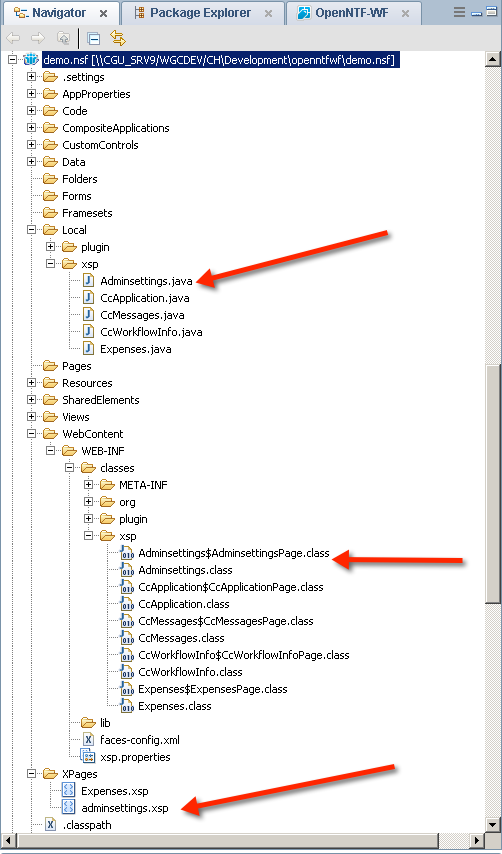

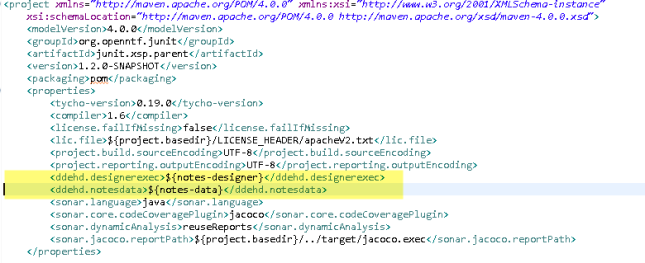



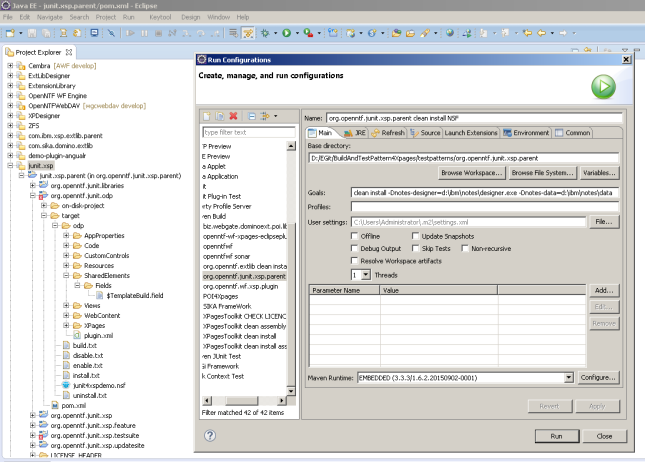










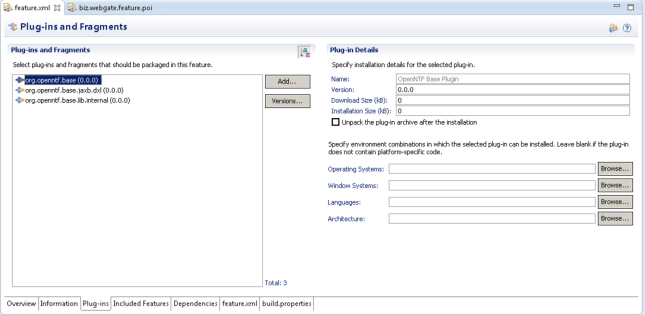











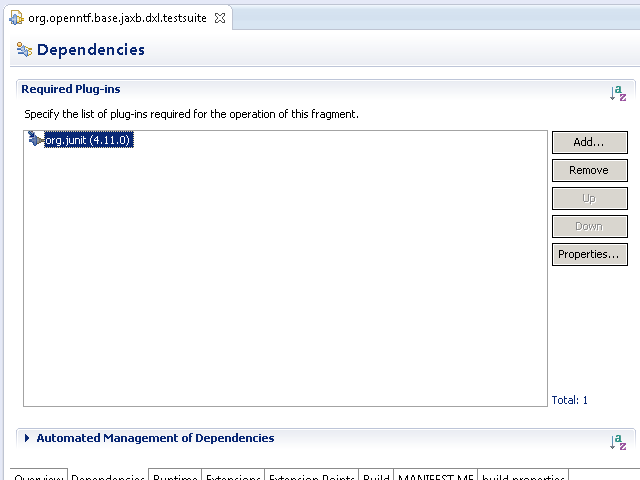










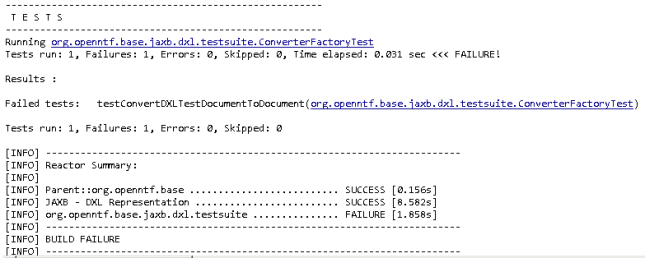
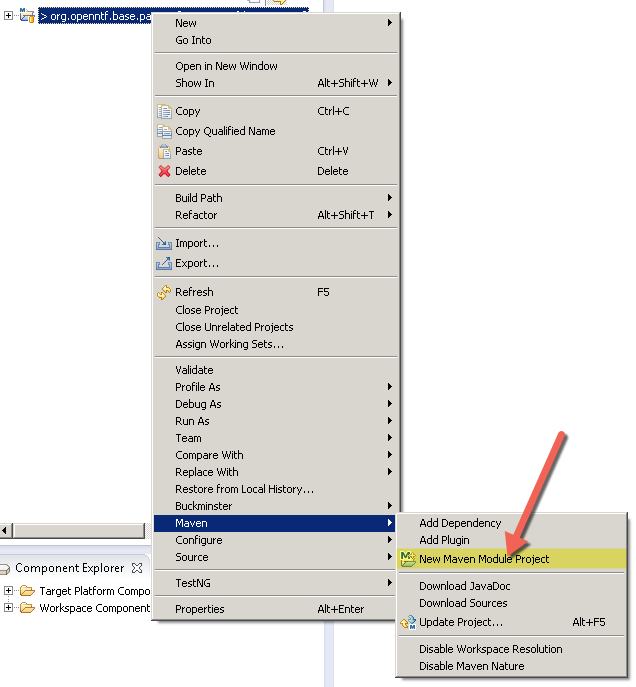








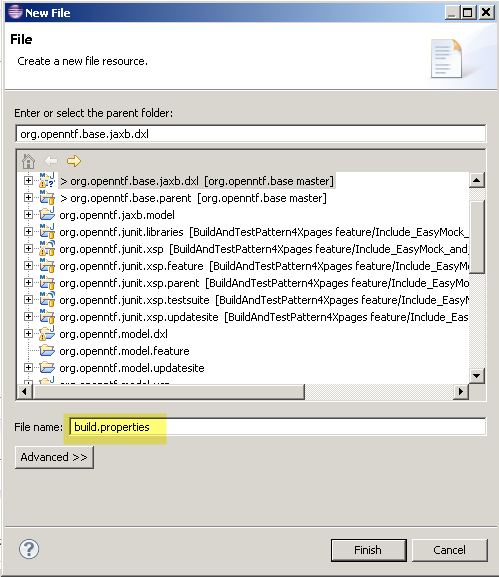





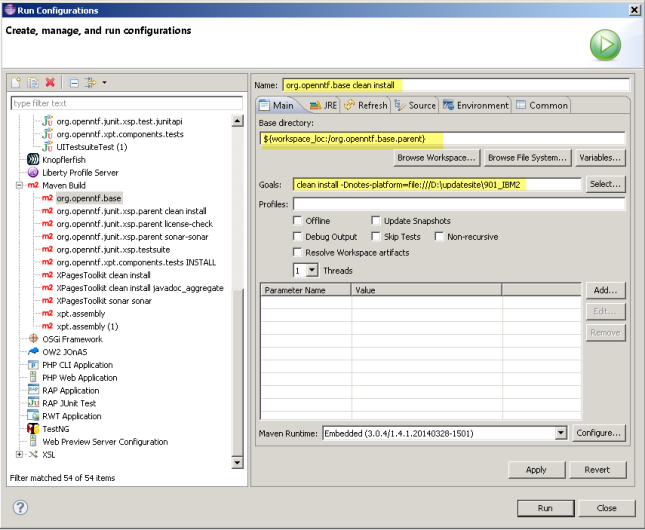






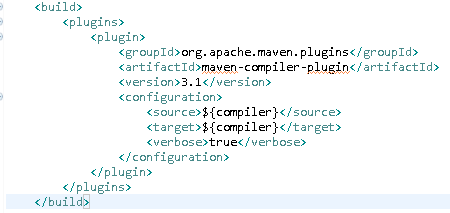

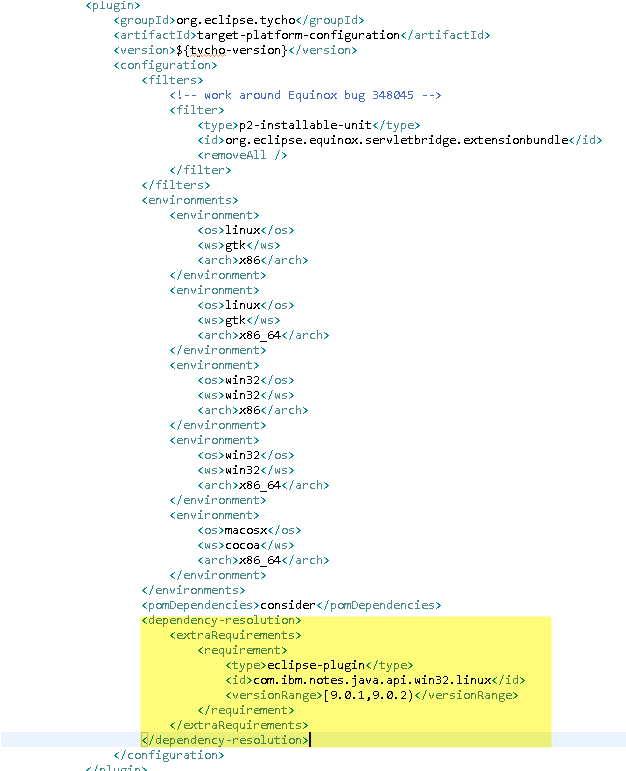 And last, but not least some stuff to complete the build configuration
And last, but not least some stuff to complete the build configuration
